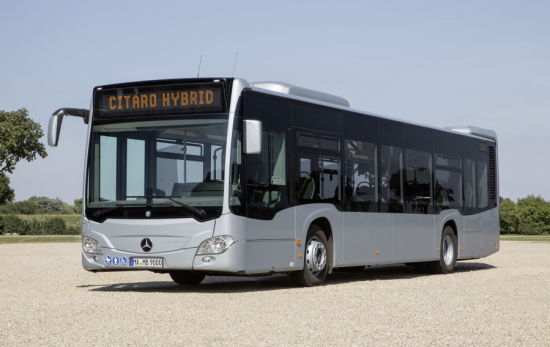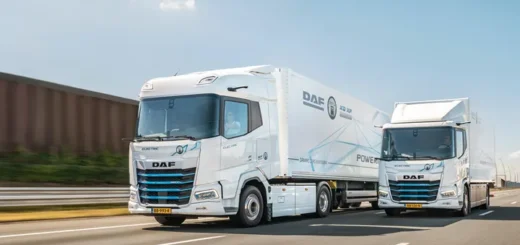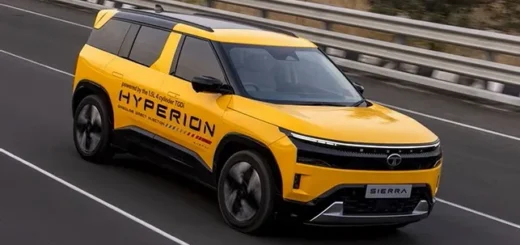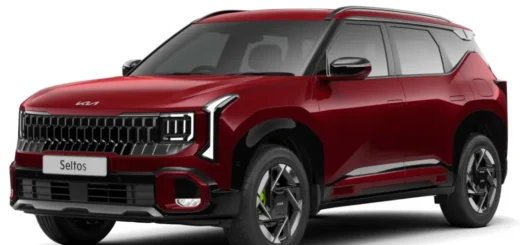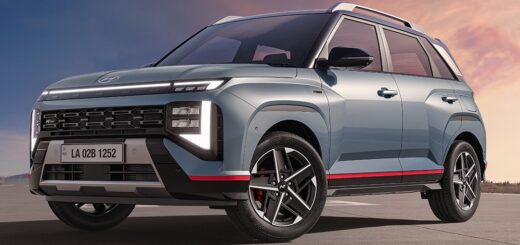Mercedes-Benz Citaro Hybrid with Supercapacitors – 2017 Busworld Europe
The hybrid system offers up to 8.5 percent lower fuel consumption than the conventional diesel-powered Citaro.
Daimler Buses had world debuted its Citaro Hybrid range of urban buses under the Mercedes-Benz marque at the 2017 Busworld Europe, Kortrijk in Belgium. The company has now made the hybrid technology optional for a wide range of Citaro buses fitted with both diesel and natural gas-powered engines (NGT models) in rigid, articulated, or low-entry layouts. Daimler says that it considers hybrids not as an interim technology en-route to electric drive systems, but as an efficient way to hone the ICE systems.
Also Read: Scania Interlink Low Decker Hybrid – 2017 Busworld Europe
The Citaro hybrid combines a series of energy-efficient technologies to save fuel consumption. To start with, the Intelligent Eco Steering, an electro-hydraulic steering system, operates only on demand unlike the conventional hydraulic steering systems. Next is the braking energy recuperation, by which the electric motor that assists the IC engine acts as a generator during braking and overrun phases.
The energy thus generated is then stored in double layer capacitors called as `supercaps´ (aka supercapacitors) that are characterized by high power density. They are best suited for high power peaks and quick changeover between charging and discharging during start/stop cycles in typical city bus operation. Daimler has ideally placed the twin-modules supercapacitors (2 Ah total capacity) containing 16 double layer capacitors at a space-saving location over the roof. A water-cooler inverter converts the DC into AC to drive the electric motor.
Also Read: Volvo 7900 Electric Hybrid City Bus: Fast Charging, HVO Fuel
The disc-shaped synchronous electric motor, on the other hand, is positioned between the IC engine and the automatic gearbox, just like the way it was done in Mercedes-Benz E-300 BlueTEC Hybrid some five years ago! In fact, this motor is used in Mercedes S-Class cars as starter motors! This straightforward design is perhaps compact and less-heavy, also effective in assisting the engine when it demands power, especially while moving off from idle. The electric motor simply reduces the engine burden, that is why there is hardly any boost to the max power and speed generated. Yet, fuel consumption is reduced in the process.
Again like its passenger cars, Daimler has equipped the Citaro hybrid with a 48 volt energy architecture thereby eliminating any high-voltage safety restrictions in its design. The compactness of the hybrid system results in almost no loss of passenger space in the cabin. The hybrid system is compatible with Citaro´s two prime range of engines – Mercedes-Benz OM 936 G 6-cylinder in-line diesel in both vertical and horizontal layouts, and M 936 G natural gas engine used in Citaro NGT.
Next, would you like to read more on 2017 Busworld Europe?

